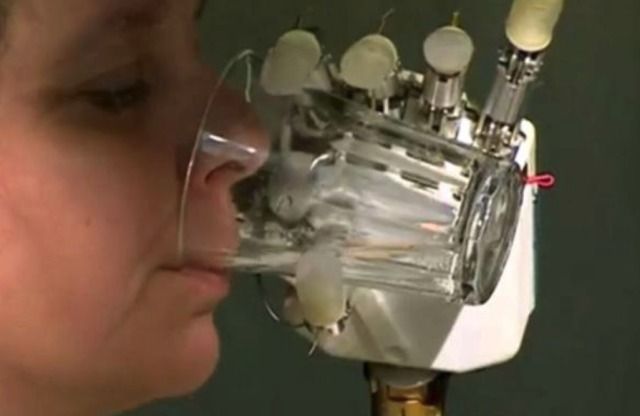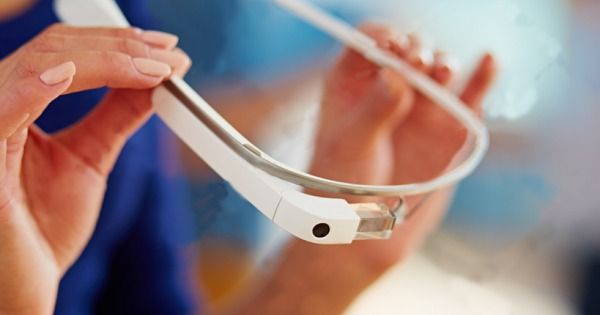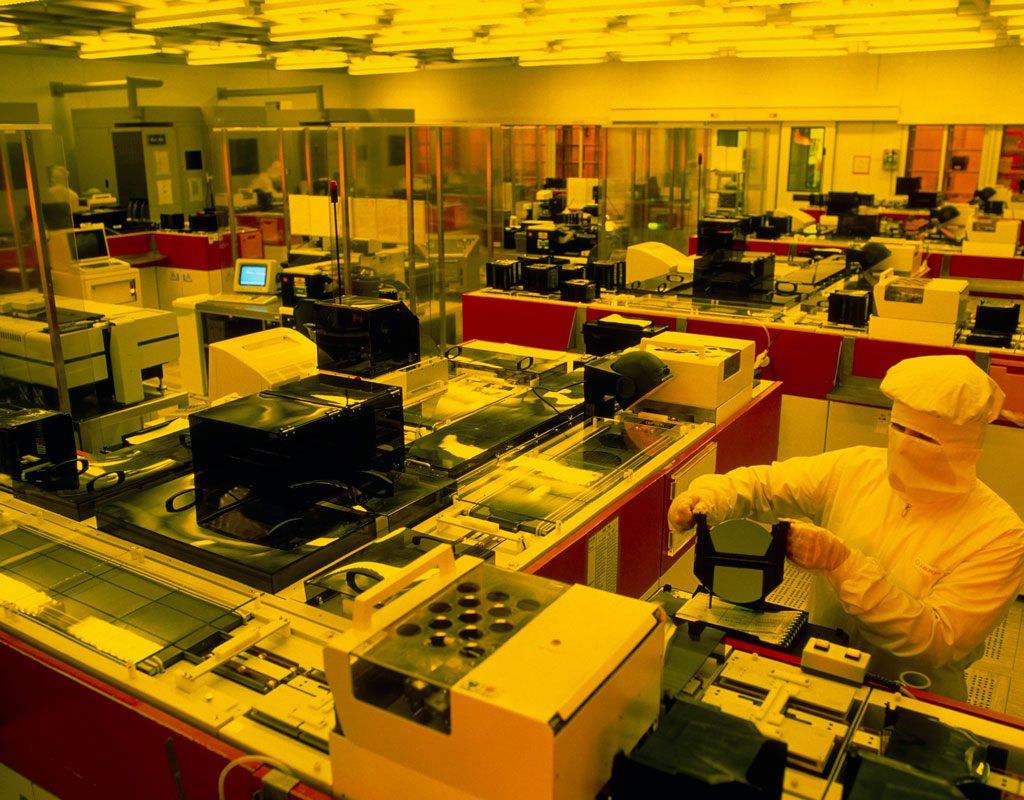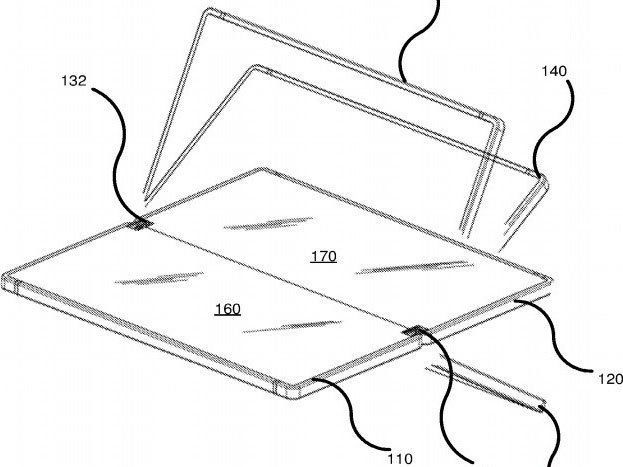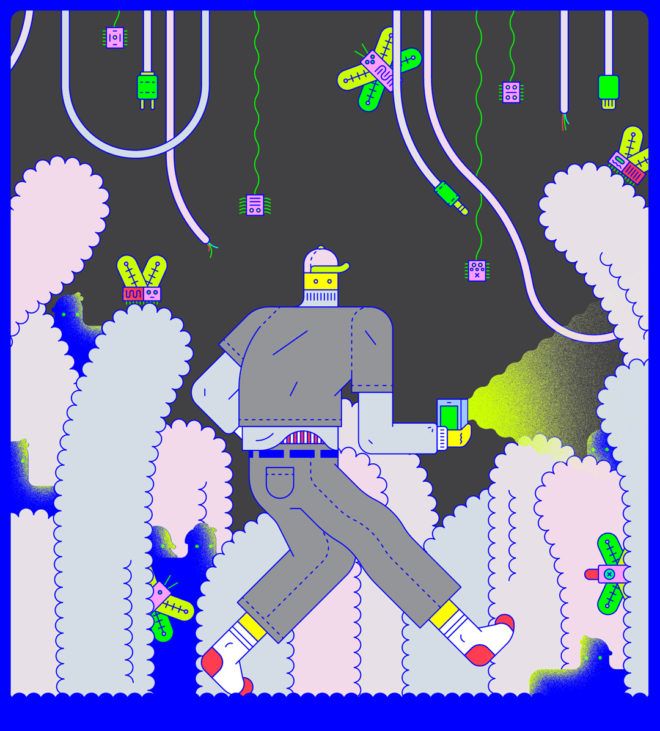Hawaii ‘ballistic missile threat’ alert to phones was false alarm, officials say.
“Hawaiians were thrown into a panic Saturday morning after an emergency alert was mistakenly sent, warning them to ”seek immediate shelter” from a ballistic missile threat, and it took emergency officials 38 minutes to send a new alert to mobile phones that the threat was a false alarm.
”Hawaii Emergency Management Agency Administrator Vern Miyagi said at a press conference with the governor Saturday afternoon that a single individual sent out the alert by mistake. The individual went so far as to click through a second message, intended as a safeguard, that asked whether the alert should go out.



